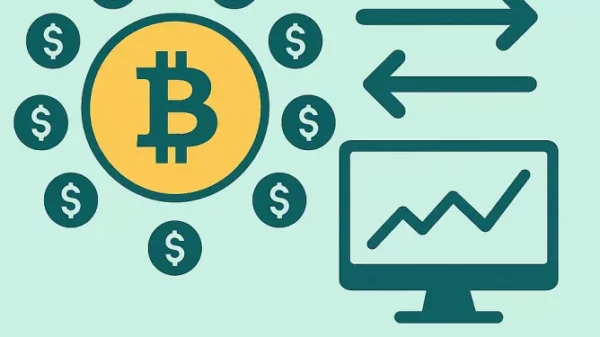If you want to improve your business’s performance, taking the Kaizen Course is a must. Kaizen 5S is central to this training and is basically an approach for improving workplace order and cleanliness. In this blog, we’ll explain why the Sustain phase is so crucial, what its guiding principles are, and how it fits into the larger Kaizen 5S framework. We will also look into the “Sustain” (or “Shitsuke” in Japanese) phase, which is the backbone for sustaining improvements over the long haul but is frequently overlooked.
Table of Content
- The Essence of the Sustain Phase in Kaizen 5S
- How Consistency Matters in the Sustain Phase
- Consistency and Discipline with Shitsuke
- The Daily Routine of Sustain
- Continuous Monitoring and Improvement
- Team Engagement and Ownership
- Impact of Kaizen’s 5S Methodology
- The Future of Kaizen 5S: Embracing Change
- Conclusion
The Essence of the Sustain Phase in Kaizen 5S
The fifth ‘S’ in Kaizen 5S, Sustain, is the process’s anchor that keeps everything else in place. Although the groundwork is laid in the first four S’s (Sort, Set in order, Shine, and Standardize), it is the fifth S (Sustain) that guarantees the success of the previous four. It’s the cement that holds progress together and propels businesses ever so closer to perfection.
How Consistency Matters in the Sustain Phase
In the Sustain stage, consistency is heavily prioritized. The goal is to make the new norms and practices a part of the daily routine. Changes made in the early stages of Kaizen 5S should become embedded in the workplace culture; the way brushing your teeth becomes automatic. You can count on this steadiness, come rain or shine.
Consistency and Discipline with Shitsuke
Shitsuke, which means “sustain,” is often associated with discipline in the Kaizen 5S community. The goal is to train employees to consistently have the discipline to use the new procedures without fail. Your crew should maintain the 5S enhancements with the same level of dedication that the Queen’s Guard does in their ceremonial responsibilities at Buckingham Palace.
The Daily Routine of Sustain
Developing habitual practices that meet the new criteria is an integral part of the Sustain methodology. It should become as routine a part of the workplace as having tea in the afternoon. Workers should be aware of their responsibilities and how to maintain the status quo. Maintaining this pattern is crucial to your success over time.
Continuous Monitoring and Improvement
Monitoring is crucial in the Sustain phase. Like how language is constantly changing, so are business practices. To make sure the progress is being maintained, there should be checkpoints, audits, and opportunities for feedback at regular intervals. As with the incorporation of new words and phrases into the language, any discrepancies should be quickly corrected.
Team Engagement and Ownership
One of the Sustain phase’s most important features is encouraging staff members to own the transformations. The goal is to get people to share their thoughts. Employees are more willing to help keep standards high if they believe they have some say in doing so.
Impact of Kaizen’s 5S Methodology
The domino effect that the Sustain phase creates is very astonishing. When the five phases of Kaizen, including Sustain, are put into practice, the benefits aren’t confined to the office. They strengthen the company’s culture and productivity as a whole in the face of adversity.
The Future of Kaizen 5S: Embracing Change
Kaizen 5S concepts are not impervious to change in the business and manufacturing world. Organizations need to be flexible and open to new ideas and ways of doing things. Kaizen 5S’s future success depends on its capacity to adapt to an innovative business environment.
Organizations need a forward-thinking approach to using the Kaizen 5S principles as they face new problems and seize new opportunities. This necessitates encouraging a mindset of constant development and acceptance of new ideas. Long-term success requires an attitude shift from resistance to transformation.
Conclusion
While business and industry are always changing around us, Kaizen 5S concepts, including Business Improvement Courses, remain constant. Often called the “unsung hero” of the approach, the Sustain (Shitsuke) phase plays a crucial role in ensuring that today’s developments are maintained for years to come. Kaizen 5S, with Sustain at its centre, leaves a legacy that will survive with time. Making something a regular, fundamental part of your routine is the key. Persistent high quality is, after all, the ultimate indicator of achievement.




























































